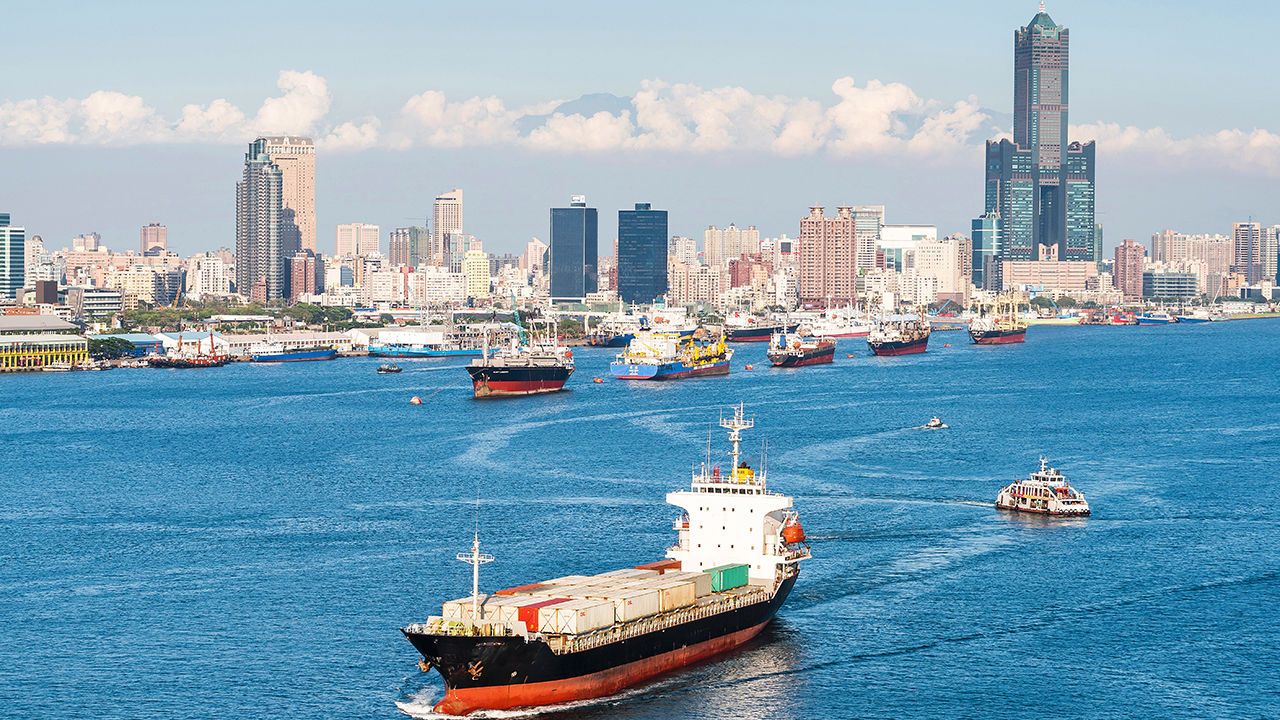Russia Finland Border: Rising Tensions and Military Buildup Explained
The Russia Finland border has become one of Europe’s most closely watched frontiers. Increased military activity, renewed geopolitical tensions, and NATO expansion have drawn global attention to this northern edge of the continent. But what is happening on the ground, and what does it mean for the security of both countries and the region?

Background: Why the Russia Finland Border Matters
Stretching for over 1,300 kilometers, the border between Russia and Finland has long represented a point of contact—and sometimes conflict—between East and West. Following Finland’s accession to NATO in 2023, the significance of this border has grown dramatically. The move placed a NATO member directly on Russia’s northwest flank, altering security balances that had endured for decades.
Evidence of Military Buildup on the Russia Finland Border
Recent satellite images analyzed by the Helsinki Times reveal a notable increase in Russian military activity near the border with Finland. According to experts, significant changes have occurred at several key sites including Kamenka, Petrozavodsk, Severomorsk-2, and Olenya. For example, at Kamenka, just 60 kilometers from Finnish territory, over 130 new military tents were erected since February 2025. This expansion is estimated to support up to 2,000 troops, pointing to a meaningful strengthening of Russia's border presence.
In Petrozavodsk, new large storage halls have been constructed to conceal and house dozens of armored vehicles. Renovations at the previously unused Severomorsk-2 airbase also signal Russia’s intent to boost its regional readiness. Olenya airbase, already used for launching strategic bombers, has shown further activity connected to Russia’s ongoing military operations elsewhere.
These actions coincide with Russia's previously stated plan to take "military-technical measures" in response to NATO expansion, as noted by Swedish defence officials. Until recently, most of these responses had been rhetorical. Now, observers are seeing tangible changes on the ground.
Geopolitical Impact and Regional Security Concerns
The increased military presence at the Russia Finland border raises questions about the future of regional security. NATO’s extended reach is welcomed by Finland and Sweden as a safeguard against potential Russian aggression. In response, Russia’s visible preparations have heightened concerns among neighbors and alarmed analysts across Europe.
Some believe these moves are a direct reaction to NATO’s enlargement and the alliance’s new forward command centers in the region. In-depth reporting like this analysis by The Economist explores whether Russian President Vladimir Putin would seek confrontation with NATO or rely on deterrence and intimidation.
How Are Finland and NATO Responding?
Finland has taken steps to strengthen its own defensive posture. A new NATO forward command center will soon be operational in Lapland. Both Finnish and Swedish officials say they are closely tracking developments and stand ready to respond to any threats.
New satellite images continue to emerge, revealing ongoing activity on the Russian side. International media like the Hindustan Times highlight the steady rise in troop numbers and military equipment near the border. These observations reinforce a picture of gradual, but deliberate, escalation.
Conclusion: Watching the Russia Finland Border
The situation at the Russia Finland border remains fluid. As military activity increases, the eyes of the world are focused on this pivotal region. Further developments will depend on both NATO’s strategy and Russia's willingness to escalate or de-escalate tensions. For now, it is clear that the balance of power in Northern Europe is shifting—and the border between Russia and Finland sits at the center of it all.
Stay informed by following trusted reporting and official updates. For deeper analysis, consult sources that track military and geopolitical changes to understand the evolving dynamics of Europe’s new security frontier.